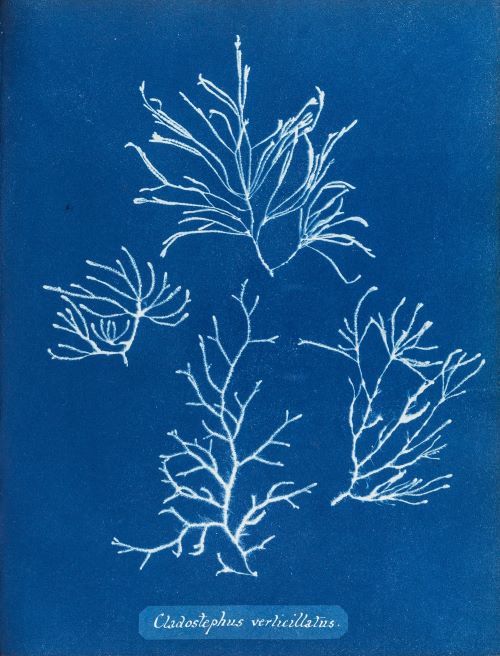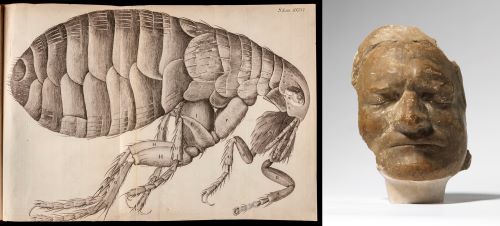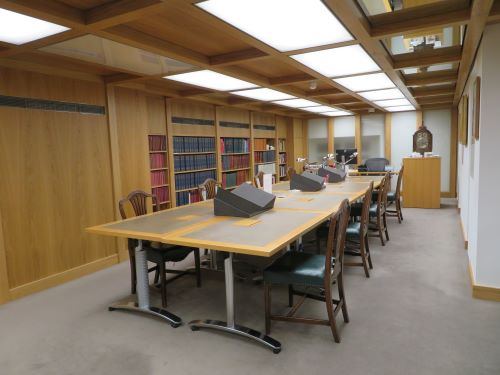Library of the Week: 17th April – We are very pleased to share this post from the amazing Royal Society Library this week! Find out more in this brilliant new post written by Rupert Baker (Library Manager) at The Royal Society – thank you for taking part!
The Royal Society is a Fellowship of many of the world’s most eminent scientists and is the oldest scientific academy in continuous existence.
Now sited at Carlton House Terrace in London, in elegant John Nash architecture, the Society was founded at Gresham College in November 1660. There, Fellows began to accumulate their printed book collection the following year by asking ‘every member who hath published or shall publish any work [to] give the Society one copy’. Such gifts were recorded by the Society’s secretaries, who kept minutes of the weekly scientific meetings in what became known as Journal Books. In addition to printed volumes, original correspondence began to arrive from natural philosophers worldwide. By 1665 this material was sent for publication by Henry Oldenburg as the Philosophical Transactions, the world’s oldest scientific journal.

The retention of more than 360 years’ worth of scientific activity, from manuscripts and books to paintings and museum objects, has created an extraordinarily rich resource for the study of the history of science. The reading room of the Royal Society Library and Archives is open to scholars and to the public by appointment. Here, researchers may consult such varied treasures as the manuscript of Isaac Newton’s Principia mathematica; a rare copy of Anna Atkins’s Photographs of British algae: cyanotype impressions, the first book illustrated with photographic images; and the papers of Howard Florey, Royal Society President and winner of the Nobel Prize for his role in penicillin development.
My job as Library Manager at the Royal Society includes the preservation and development of our printed book collections. This means selecting the latest works on the history of science for acquisition, together with biographies of Fellows of the Royal Society, in addition to filling collection gaps with antiquarian purchases. My public engagement activities include blogging about our earliest books, some of which are incunabula acquired by the Society when Henry Howard, later the sixth Duke of Norfolk, gifted the family’s ‘Arundel Library’ in 1667. I also run a programme of Library tours, popular again after the pandemic – the gasps of wonder when Robert Hooke’s famous flea is unfolded from his Micrographia are a given, as are the slightly worried looks just before the unveiling of Newton’s plaster death mask. Not actually that gruesome, as you can see here:

The Royal Society Library and Archives team consists of ten staff in total, all of whom assist readers and staff while not otherwise engaged in collection recording activities, or in providing historical context to the Royal Society’s wider strategic objectives. For example, our archivists have developed our archive catalogue into a resource of over 260,000 records (and counting!), drilling down to item level to open up the contents of our manuscript collections to researchers.
Image-based materials can be found on the Society’s Picture Library which is rapidly expanding from its current 12,000 base, and which features a high proportion of scientific portraiture. Much behind-the-scenes work is being done in legacy-record reinterpretation, to make information on minority, oppressed or unacknowledged actors in the history of science more discoverable. Revisiting previous catalogue and authority records also ensures that the contents of our collection platforms are accurate, inclusive and accessible.
The Library’s Digital Resources team has been leading on the Society’s huge digital archives endeavour, Science in the Making. Phase 1 of this project resulted in the delivery of online public access to all past issues of the Society’s printed journals, including the Philosophical Transactions. That resource went online in 2017, and the launch of phase 2 is imminent at the time of writing: this will offer digital surrogates of the original manuscripts and illustrations of published papers, unpublished and abstracted works, together with their peer reviews. In total, over 250,000 scanned images, and a significant part of the Royal Society’s archival holdings.
You can also find a treasure trove of digitised material in our Turning the Pages gallery, including a fully searchable version of the Royal Society’s Charter Book, signed by Fellows of the Society at the time of their election to the organisation. The book began with the signature of King Charles II (the Society’s first Royal Patron, hence the ‘Royal’ in our name) in January 1665. As a Google Arts and Culture partner since 2017, our contributions to that platform feature Library resources in exhibition style formats: topics have included ‘Women and the Royal Society’, ‘A celebration of Black science’, and histories of photography, microscopy and meteorology.

To provide further support for history of science research, we administer the Lisa Jardine Grant Scheme, named in memory of the eminent British historian Lisa Jardine CBE FRS. The grants are intended to encourage early career researchers, especially those with strong interdisciplinary interests in the humanities, arts and sciences. Awardees should expand their interests in the history of science by travelling to visit archival resources (including ours), or conferences and networking events; thereby building – we hope – long-term relationships with the Society’s Library and with other host institutions.

The Library team takes part in the Royal Society’s wider programme of public events and outreach – a highlight of 2023 so far was a ‘Lates’ evening on scientific fakes, forgeries and misinformation in March, and we’re in the planning stages for exhibits and talks at this year’s Summer Science Exhibition, plus future history of science conferences on microscopy and scientific cartoons. We’re always up for a bit of video filming, too – regularly, for the Objectivity strand on YouTube, and recently for this Adam Savage ‘Tested’ video featuring our (ahem) ‘perpetual motion machine’ which is closing on four million views, our record. So far…
Please do check out our range of Library resources, whether via our catalogues on Library Hub Discover and our own webpage, or by paying us a visit in person. If you’d like to book a place in our reading room, or if you have any other enquiries about our collections, just email library@royalsociety.org. We look forward to helping you explore the story of scientific progress and the history of the Royal Society.
All images © The Royal Society, reproduced with kind permission of the copyright holder.
Rupert Baker – Library Manager
You can explore the library’s collections on Discover and find further contact details on their Discover information page.

